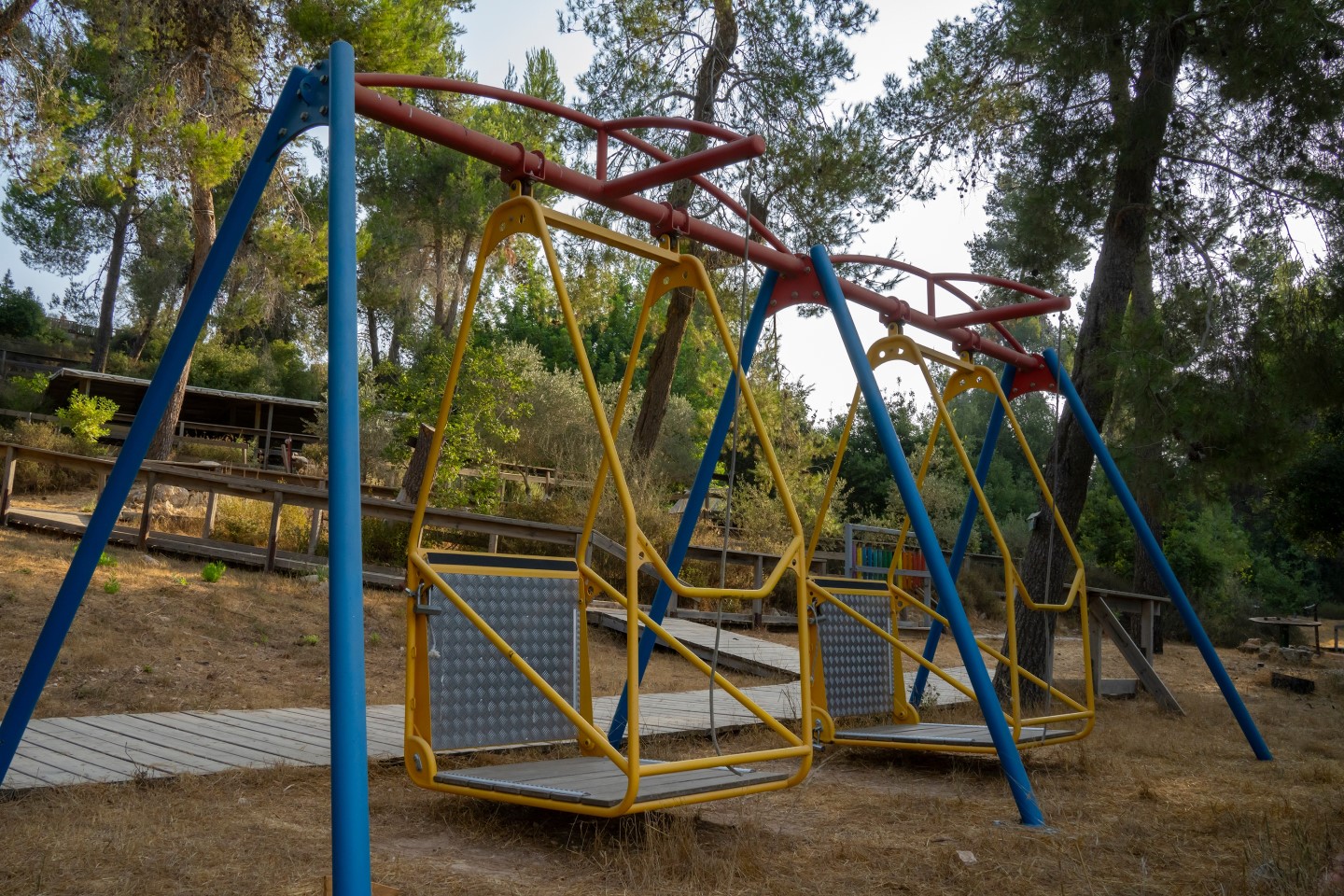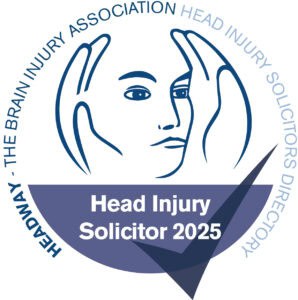
Fun for all kids- the benefits of accessible and inclusive playgrounds
Every child has the right to play, and play is a crucial part of their development, but only one in 10 playgrounds are accessible for disabled children, research suggests. So I wanted to shine a light on what makes a playground inclusive and accessible.
What is an accessible playground?
Accessible playgrounds are designed to provide various play equipment and challenge levels, so children of all abilities can have fun and use the facilities. One of the most important features of an accessible playground is the entry point.
Entry points should be step free and have wide and smooth pathways, and where appropriate, ramps with tailored gradients, handrails and non-slip surfaces, to ensure children, their families and caregivers can access the playgrounds.
Unfortunately, disabled children are often excluded from playing in their local playgrounds because of a lack of accessible playground equipment and accessible entry points.
After conducting surveys at more than 1,000 local playgrounds in the summer of 2023, the disability equality charity Scope revealed only one in 10 playgrounds “are spaces where disabled children can get in, move around and play in the playground”.
What is an inclusive playground?
You might think, what is the difference between an accessible playground and an inclusive playground? An inclusive playground goes a step further, beyond accessibility, and is designed to allow children of all abilities to play together.
Some accessible playgrounds are designed expressly for disabled children which means children can be grouped and this stops families fully enjoying the playgrounds because siblings and friends are not able to play together.
Accessible playgrounds can also simply concentrate on entry. Undoubtedly wheelchair access is hugely important but a design purely focusing on wheelchair access can overlook children with different disabilities and does not create a truly inclusive playground.
What are the key features of an inclusive playground?
Features and equipment of a well-designed and truly inclusive playground are:
- Universal accessibility for children of all abilities, including those who use wheelchairs and have mobility impairments;
- A range of playground equipment;
- Inclusive swings;
- Sensory components;
- Varied challenge levels;
- Themed areas;
- Fencing;
- Quiet zones;
- Community boards;
- Clear signage.
What are the benefits of inclusive playgrounds?
Inclusive play enables children of abilities to socialise together. Disabled children can play like any other child, which prevents stigmas and helps children to value inclusivity.
Playing outside in a secure and safe environment can help children to become more independent and develop their communication skills. Physical exercise is also important for any child and can improve their hand-eye coordination, strength, and balance which is particularly vital for children who may have weaknesses in these areas, such as a spinal cord injury.
Conclusion
Most of us will remember playing as a child and the importance of playgrounds as spaces for children to let their imaginations run wild and relax with their families and friends.
Focusing on inclusivity in playground design ensures every child gets to be a child.
To search for your closest local inclusive playground, Scope has produced The Playground Accessibility Map which shows playgrounds across the United Kingdom.









